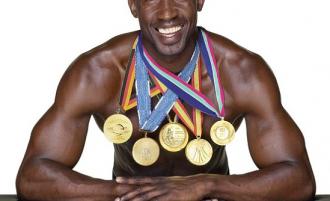
Peanut Butter and Jelly Day Jokes
Happy National Peanut Butter and Jelly Day! Celebrate April 2, 2025 with some deliciously nutty jokes:
Why did the peanut butter break up with the jelly?
Because it felt smothered!
What’s a peanut butter and jelly sandwich’s favorite type of music?
Smooth jams.
Why did the PB&J go to therapy?
They had a lot of spread-out issues.
What did the bread say after the PB&J got together?
“You two are really my jam!”
Want more puns? Check out this hilarious list of peanut butter puns.
Why did the peanut butter apply for a job?
It wanted to spread its skills.
What do you call jelly that’s always in a rush?
Jam-packed!
Why don’t peanut butter and jelly ever get into arguments?
Because they always stick together.
Here’s another funny one: The Peanut Butter Rooster.
What’s a jelly’s favorite pickup line?
“Are you toast? ‘Cause I want to be on you.”
What did the grape jelly say to the peanut butter at the party?
“Let’s jam!”
Why did the PB&J sandwich go to school?
To become a little smarter and more well-bread!

